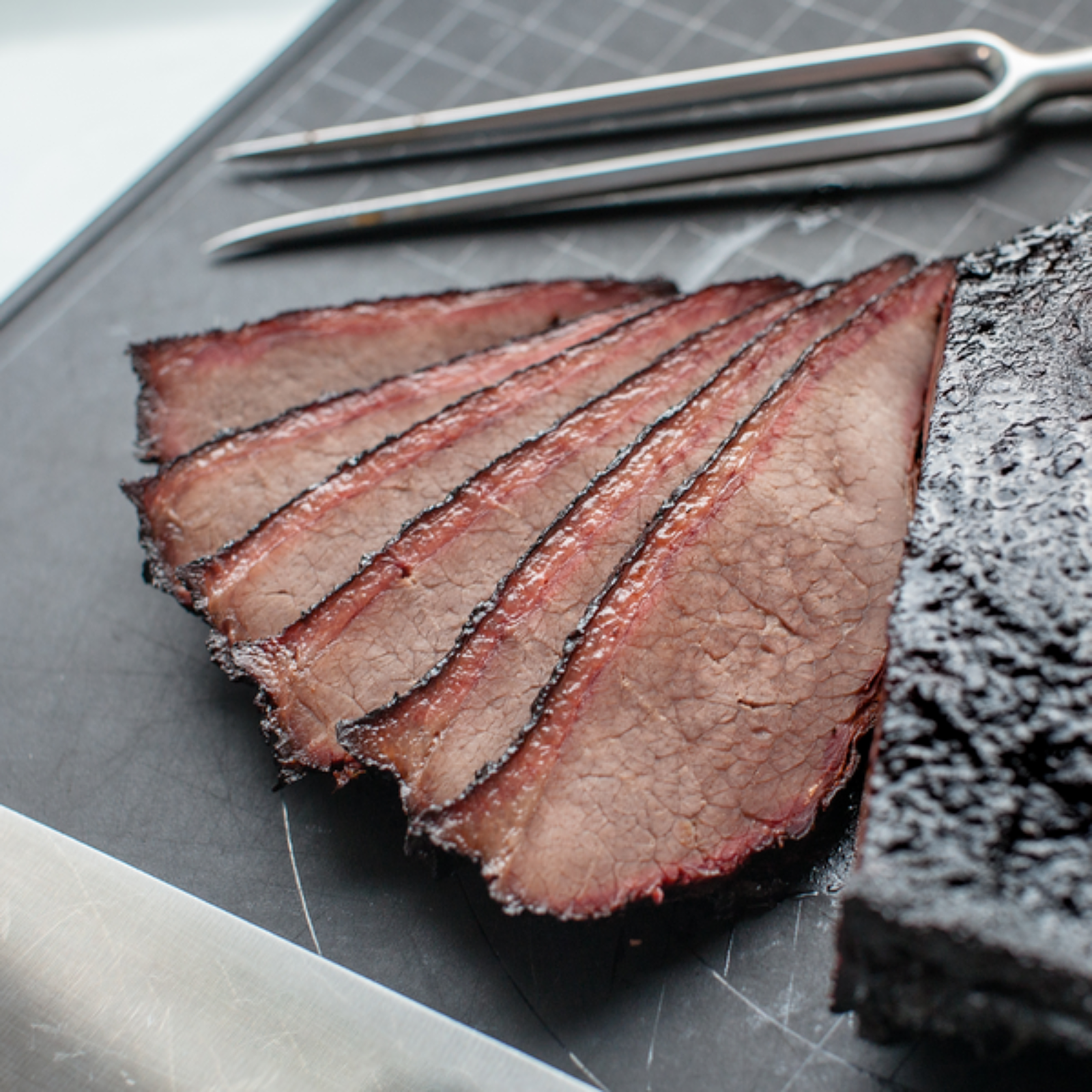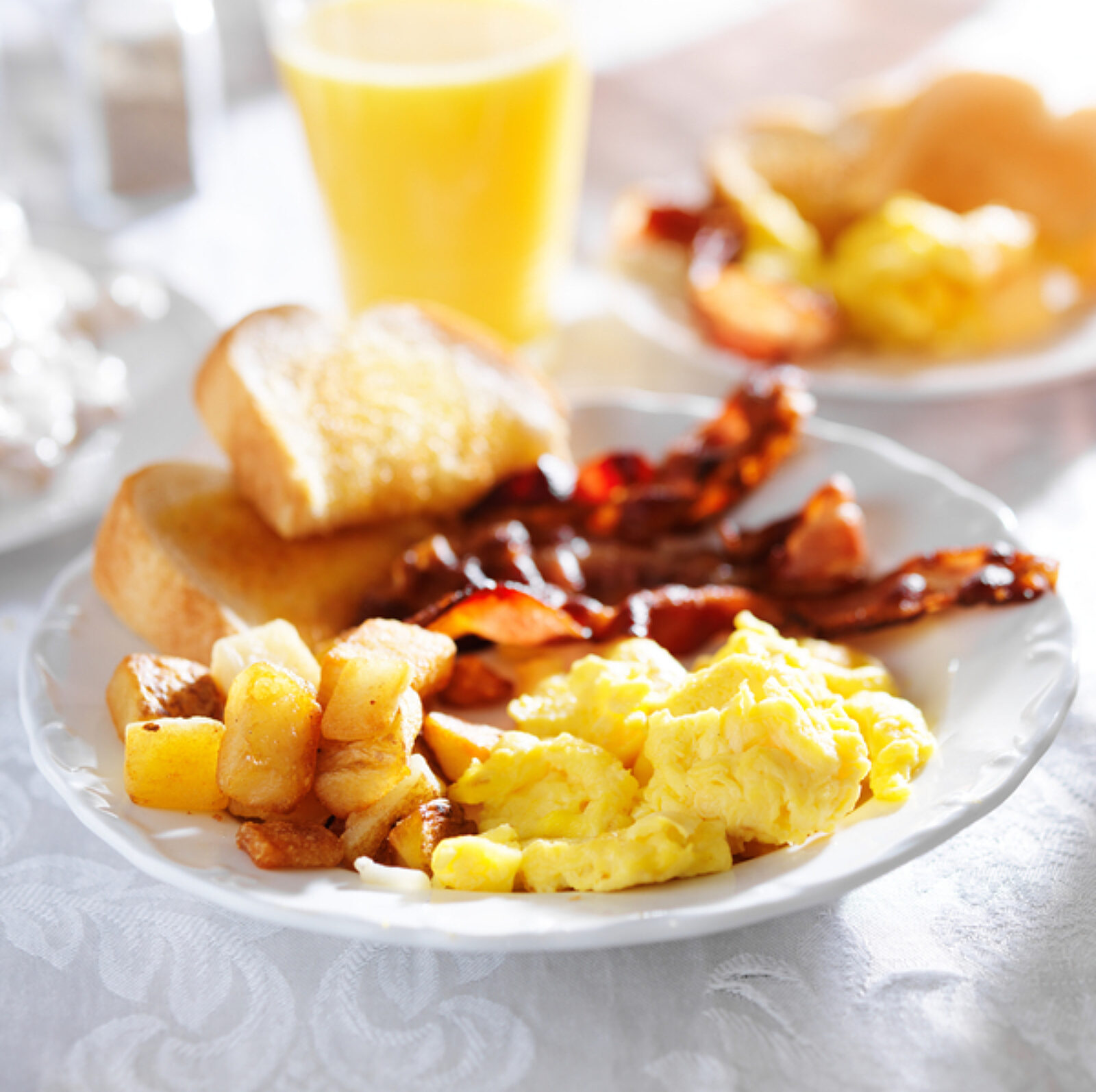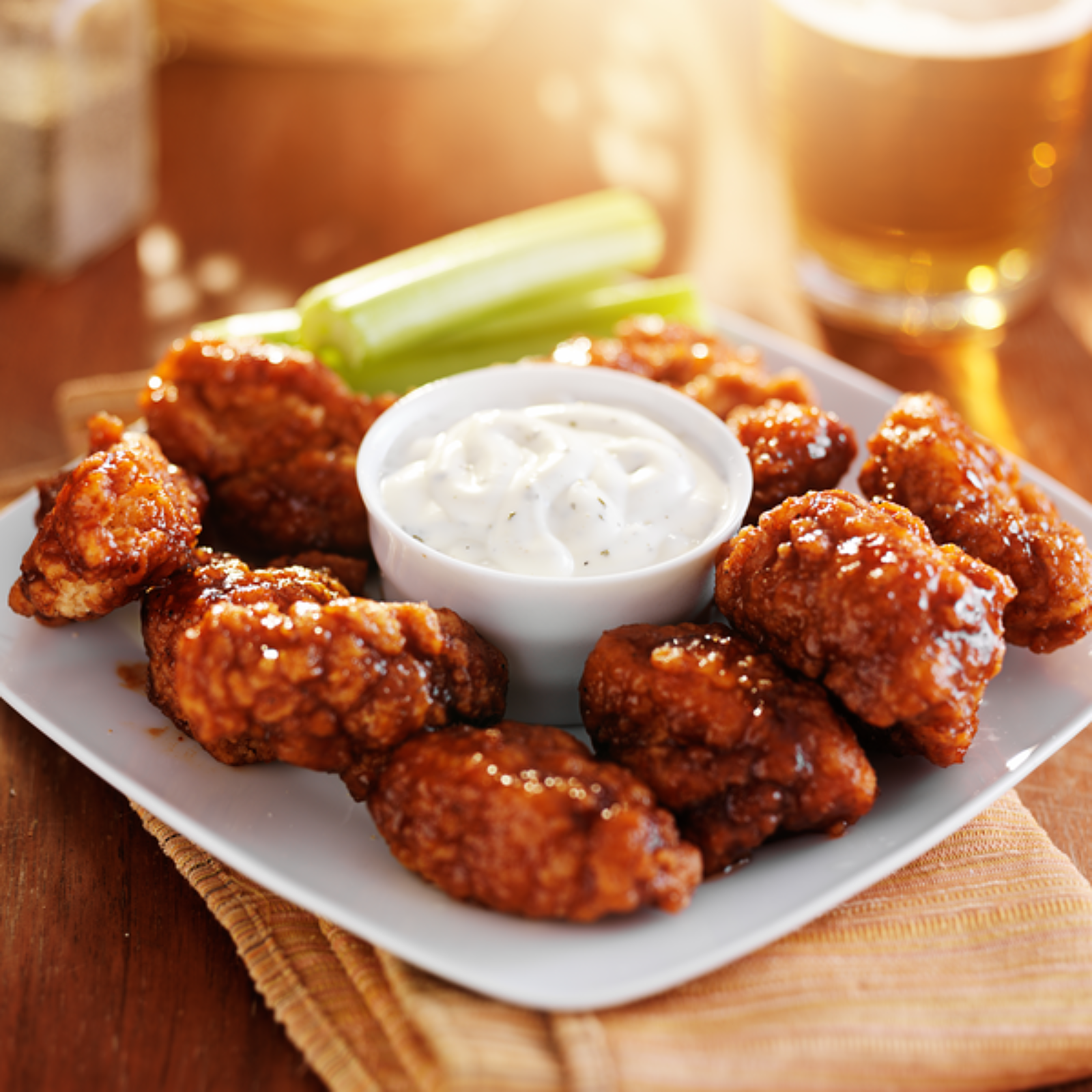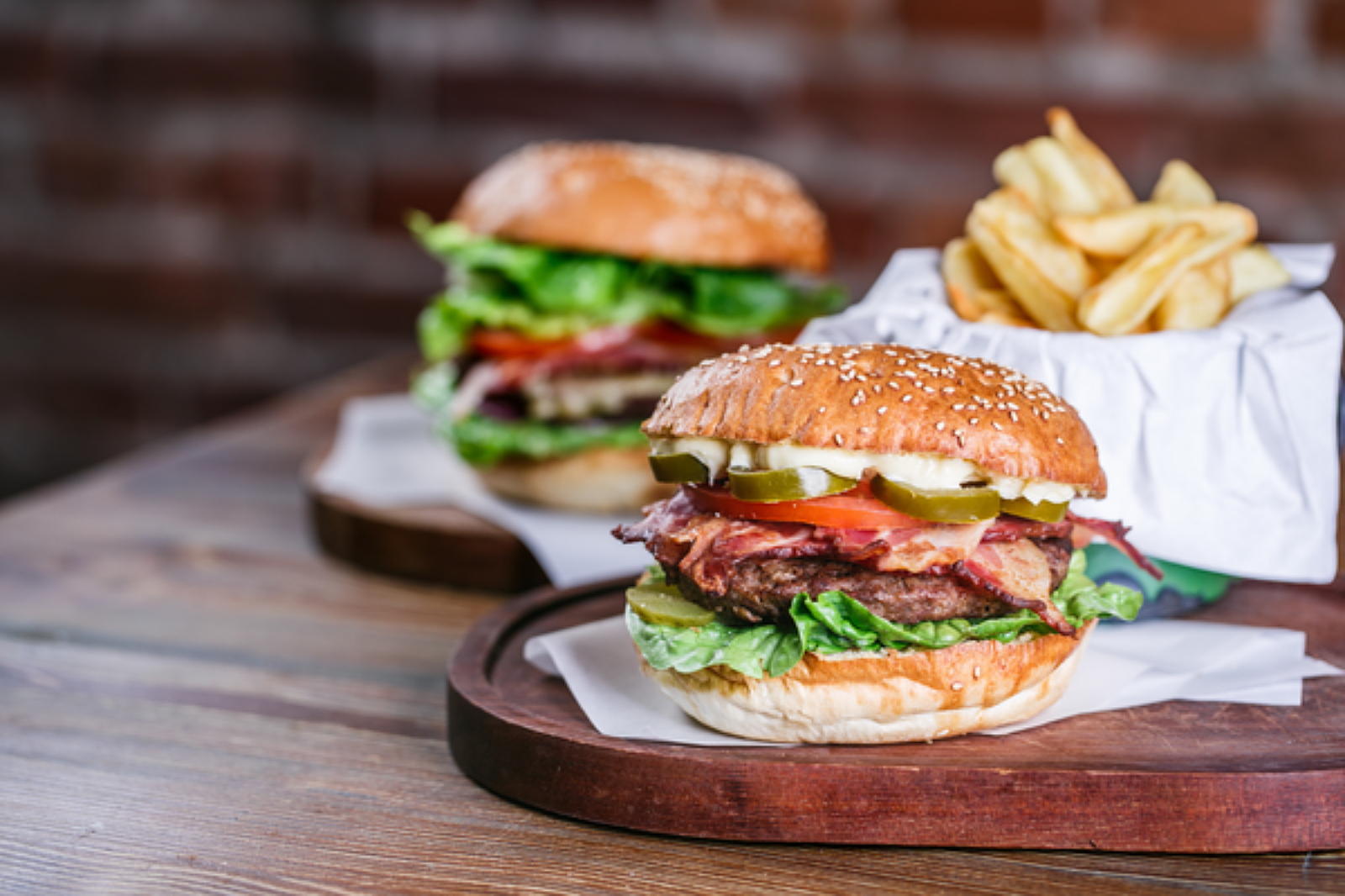
State of Brisket Prices: Wholesale Restaurant Food Cost Trends
See trends and fluctuations for wholesale restaurant brisket prices based on proprietary Toast data.

Justin GuinnAuthor


Restaurant Cost Control Guide
Use this guide to learn more about your restaurant costs, how to track them, and steps you can take to help maximize your profitability.
Get free downloadBeef brisket has had some well-deserved time in the limelight over these last years. Smoked brisket has gone from a Texas BBQ staple to a must-have item that’s swept barbecue joints from California to New York.
All that popularity comes with higher prices. Beef prices are still fluctuating in the wake of the pandemic and restaurant supply chain issues — with wholesale restaurant brisket prices especially feeling the movements.
It’s critical that restaurant operators, especially barbecue restaurants, stay on top of brisket price movements and adjust their menu prices accordingly.
Restaurant Operator Insights Report
See insights from real restaurant operators which can help you benchmark your current and planned restaurant technology stack against your peers as we head into 2024 and beyond.

Restaurant Brisket Price Trends
Toast is the point of sale system built for restaurants.
We're able to calculate the average monthly prices that restaurants pay for brisket and other ingredients by using proprietary data from xtraCHEF by Toast, our invoice automation and recipe costing tool.
The average national price per pound of brisket is $3.76 in August. This represents a 2% month-over-month increase in average price of wholesale restaurant brisket.
Restaurant serving sizes for brisket are usually by the quarter-pound and up.
Here's the breakdown of recent MoM fluctuations in wholesale brisket prices:
Here's a breakdown of wholesale restaurant brisket price movements over the past six months:
Beef brisket prices had a volatile, seesaw start to the year, fluctuating from $4.84/lb in December 2022 to $3.67/lb in January 2023. Then they went back up to $4.71 in February before falling again in March to $3.90.
Prices have trended lower since then, which should help restaurant operators keep menu prices consistent and better forecast profits.
Besides being beef, what exactly is brisket
Brisket is a boneless cut of beef that comes from the lower chest area of the cow. It is located just above the front leg loins and below the chuck section. The brisket area of the cow is well-exercised, which contributes to the robust flavor and distinct texture.
The brisket is made up of two main muscles: the point and the flat. The point, also known as the decal, is the thicker, fattier portion of the brisket. It has more marbling, which adds flavor and moisture to the meat. The flat, also known as the first cut, is a leaner and more muscular portion of the brisket.
The brisket has a generous amount of connective tissue, including collagen, which gives it a tough texture. However, when cooked low and slow, these tough connective tissues break down and turn into gelatin, creating a tender and juicy result.
To prepare the brisket for cooking, it is typically trimmed of excess fat and left with a thin layer to keep the meat moist during the cooking process. The fat cap on the top should be scored, allowing the flavors to penetrate while providing protection against drying out.
Brisket can also work well in ground beef blends, along with ground sirloin or ground ribeye.
History of brisket in Texas barbecue
The history of Texas brisket can be traced back to the German and Czech immigrants who settled in Central Texas, around Houston, Dallas, San Antonio, and Austin. These immigrant ranchers brought their traditions of smoking and cooking meats, which eventually merged with local methods and ingredients to create the unique flavors of Texas barbecue.
Over time, barbecue in Texas evolved, and the process of cooking brisket became an art form. Pitmasters experimented with different techniques, seasonings, and wood varieties to perfect their craft. Texas-style barbecue competitions started to gain popularity, becoming a platform for showcasing the best brisket recipes.
Texas doesn’t own all rights to brisket — not even BBQ brisket
While smoked brisket reigns supreme in Texas BBQ, there are other cuisines that handle brisket well.
Kansas City burnt ends
Burnt ends are a beloved barbecue delicacy that originated in Kansas City, Missouri. They are made from the meatier, fattier part of the brisket, which is trimmed, cubed, and re-cooked to give it a crispy exterior and rich flavor. Burnt ends are a specialty of Kansas City barbecue, and the dish has become a vital part of its culinary identity.
Corned beef brisket from deli culture — and Ireland?
Corned beef brisket is a popular variation of brisket that is typically made from the beef brisket flat. The meat is coated with large rock salt crystals, called corns of salt, along with various spices and seasonings before being left to cure for several days. This curing process tenderizes the meat and imparts a unique flavor, making it a sought-after ingredient in many dishes. Corned beef brisket is often used in sandwiches, stews, and as a centerpiece of traditional Irish-American dishes like corned beef and cabbage. It is a versatile and flavorful cut of beef that adds depth to any recipe it is included in.
Understanding USDA, Prime, and other beef ratings
When it comes to purchasing brisket, there are various ratings and classifications that can help determine its quality. One widely used system is the USDA grading, which ranges from Select to Choice to Prime. Here's a breakdown of what each rating signifies:
Select brisket
Select-grade brisket is the lowest quality according to USDA standards. It tends to have less marbling, which can result in a leaner and less flavorful cut of meat. While this grade may be more affordable, it may require more attention during cooking to prevent dryness.
Choice brisket
Choice-grade brisket is a step up from Select and offers a better balance of marbling and tenderness. It is often more readily available and provides good flavor when cooked properly.
Prime brisket
Prime-grade brisket is the highest quality rating given by the USDA. It features abundant marbling, resulting in a more tender and flavorful cut of meat. Prime-grade brisket is typically preferred by high-end restaurants, offering an exceptional dining experience.
Apart from USDA grading, there are other rating systems used by individual meat purveyors or retailers. These ratings may include various factors such as breed, aging, and overall quality.
Restaurant Operator Insights Report
See insights from real restaurant operators which can help you benchmark your current and planned restaurant technology stack against your peers as we head into 2024 and beyond.

Start tracking beef brisket prices today
Brisket is a popular meat option with strong customer demand — even for non-BBQ restaurants. That's why it's critical for operators that serve brisket to consistently track and incorporating brisket prices into financial reports. Of course, this can be easier said than done.
Tracking restaurant ingredient costs requires operators to have a strong back-of-house foundation built on.
Invoices are the single source of truth for restaurant costs — pinpointing prices and fluctuations for individual ingredients as well as paper goods, non-alcoholic beverages, and more.
With accurate and up-to-date ingredient prices from invoices, operators can start. Plate costing is a detailed exercise that zooms into the recipes and/or individual ingredients that make up a dish — requiring detailed for ingredients.
Costing exercises can help show how each component is contributing to the overall profitability of a dish or drink. And can help make it easier to calculate and achieve an ideal balance between portions and profits.
Is this article helpful?
DISCLAIMER: This information is provided for general informational purposes only, and publication does not constitute an endorsement. Toast does not warrant the accuracy or completeness of any information, text, graphics, links, or other items contained within this content. Toast does not guarantee you will achieve any specific results if you follow any advice herein. It may be advisable for you to consult with a professional such as a lawyer, accountant, or business advisor for advice specific to your situation.
Read More
Subscribe to On the Line
Sign up to get industry intel, advice, tools, and honest takes from real people tackling their restaurants’ greatest challenges.



